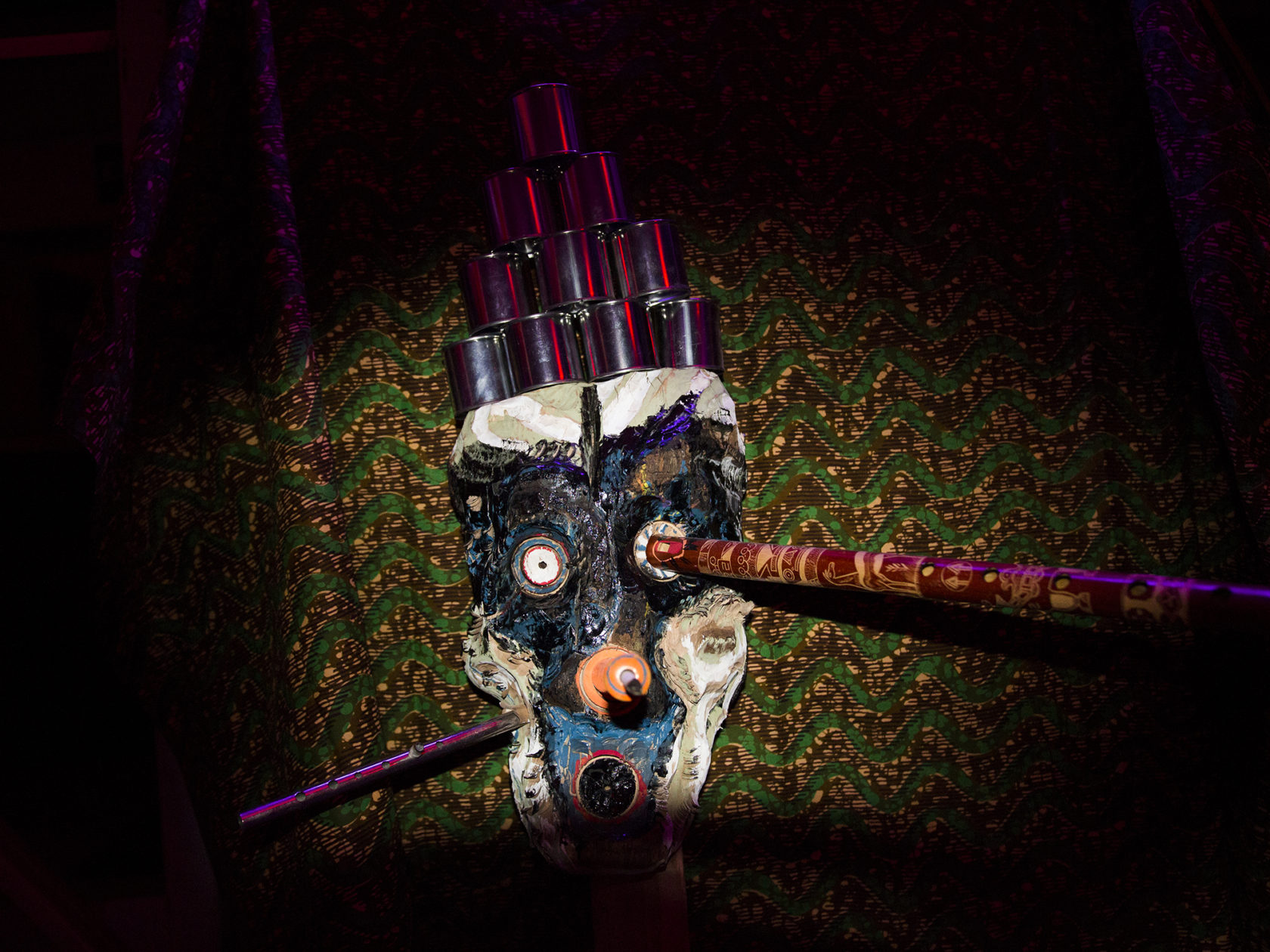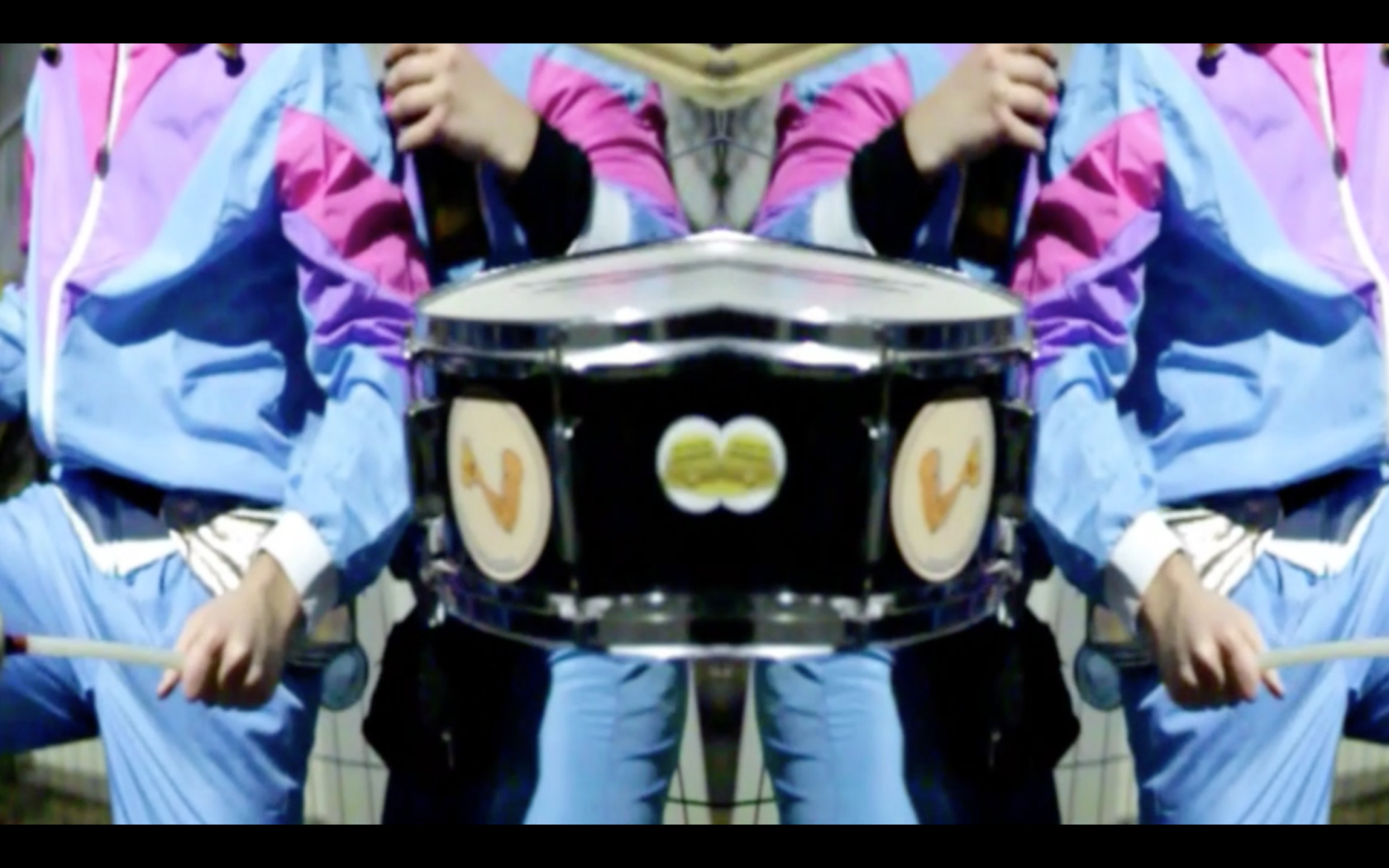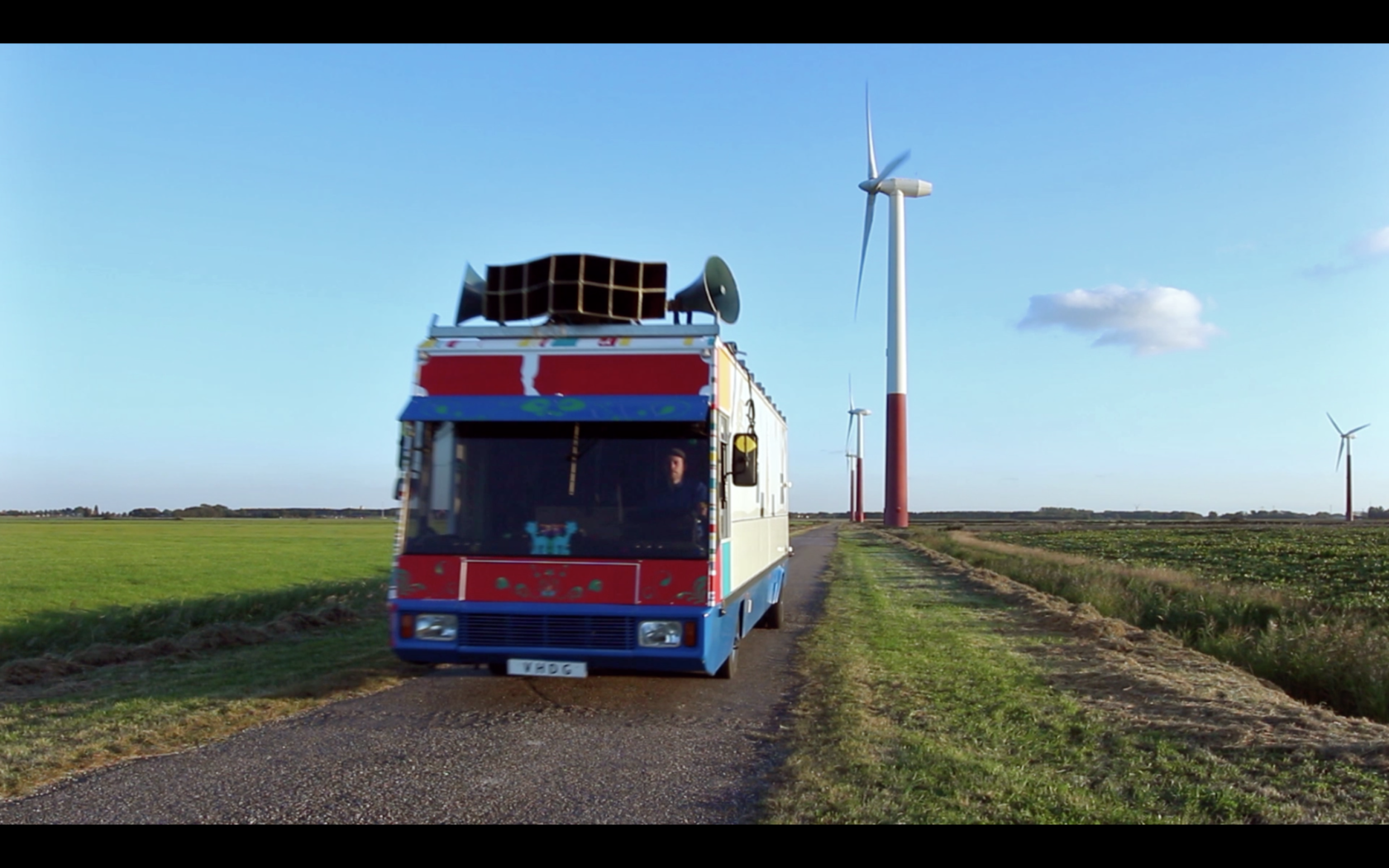Interview Matthias König for No Patent Pending #33
Matthias König developed in his iii residency a new body of work, freewheeling around the celebration of the frenzied life. He uses sculpture, drawing, video and sound as instruments to magnify the mad, the fool, the bullhead, the unheard, the self-entitled, the antihero, the leader to the unknown, the king and queen of kinky kingdom,… who reside in all of us. For No Patent Pending #33 that takes place on May 4th at iii workspace. I spoke with the visual artist and (former) musician Matthias König. On May 13th his solo exhibition G’woon z’n gangetje opens at the Kunstenlab in Deventer. I spoke with him in his project space in iii at Willem Dreespark 312.

Where are you currently working on?
I am working on a solo exhibition at Kunstenlab in Deventer. It will be a space-filling installation with drawings, video, audiovisual sculptures and audio. On May 4th, I will show a preview of that exhibition. The solo exhibition G’woon z’n gangetje is broadly about the celebration of the frenzied life (in Dutch: het uitzinnige leven).
I saw part of your installation on your Instagram, it reminded me of an Arab man singing?
You actually hear me (link Instagram: ateliermatthiaskoenig) sing a South German carnival song backwards. It is heavily edited and no longer recognizable, but the song is something I heard as a child. Carnival an sich is an interesting subject, opposite to daily life or the daily life in media. For my new exhibition I am busy creating an atmosphere as if you are in a daze (in Dutch: een roes)
The exhibition is about the celebration of the frenzied life, in which people let themselves go and abandon all norms and values.

Carnival in the Netherlands specifically is a party where the Dutch leave the notion of "Behave normal, that's crazy enough"? (Dutch saying goes "Doe maar gewoon dan doe je al gek genoeg")
Well, carnival is about this principle worldwide. I find it fascinating because, on the one hand we’ve created civilization – with norms, values and rules – and hold on to it, and on other hand we abandon that same civilization. Carnival is a collective agreement of designated period of total chaos. I find that paradox very attractive. I use Carnival as a metaphor for the time in which we live, because everything is arranged and developed. At the same time it seems as if everyone is doing what they want. From world leaders to the ‘man in the streets’.
And Carnival, where I come from, is celebrated with a strong tendency to the German past with sagas and myths. For example, there are night celebrations where every village in a large procession interprets myths and represents a figure, like a witch or other mythical creature. That in combination with carved masks and scary, fully dressed figures, makes it visually very interesting for me. I started to immerse myself in folklore about 2 years ago. I am concerned with the DNA of culture. How does culture evolve? And how does it travel around the world?
By DNA you mean the essence of a culture?
I am saying DNA because tradition and culture are part of our identity. What I find so interesting, especially about traditions, we say this is very authentic for a certain place in the world. That is often not the case. “Delfts Blauw (Dutch ceramics of the 17th and 18th century) is very Dutch”, that is actually not Dutch, but Chinese. Or look at western pop music nowadays. It’s heavily influenced by music of West-African slaves centuries ago. That’s fascinating. All these influences move like ping pong balls back and forth around the world.

Is tradition then feasible? Because you want to encapsulate something that is constantly in motion?
Yes, but still we do exactly that. I also wonder why clinging on to tradition is so important in this globalized world in the 21st century? Is it because of globalization that you desire your own identity, because otherwise you are afraid you might lose it?
Tradition simply changes continuously. If you look at the refugee crisis, for example, you see people in Europe clinging to their (national) pride and traditions because they are afraid of losing their traditions and their culture, while I find it interesting to see how our culture is going to change, or in what way our culture will become richer.
I can imagine that these topics ask to be more of a guide in your work. That you want to state more in your work? Or want to point the viewer at something?
I do not point with a finger, if that’s what you mean. This may have something to do with self-confidence, because over the years I have developed a way to bring sound and vision together. Now I can be more consciously engaged in observing my surroundings. I now know the quality of materials so well that I concentrate on the content. Maybe that’s why it’s a good explanation why I work more figuratively, because I like working with things that are recognizable for as many people as possible, and doing something with them. My work is often a recognition of what you know, but the work also denies what it actually is and what you know at the same time. A game of recognition and deny.


Was figurative 'dirty' for you at first?
I think that figuration can have a limiting effect for many artists. After my graduation my focus was somewhere else. I have been working more and more figuratively for almost a year now. At first If I thought that it was figurative, or referred too much to something, I left it. Now I also find it interesting to work figuratively, that came gradually when I was consciously busy integrating folklore and traditions in my work. I first came into contact with it when I traveled through Friesland with an SRV car (Once upon a time in Fryslan, 2016). I started working with ornaments and from there the figurative elements grew stronger.
I think it also has to do with the abundance of information that we get to endure daily and do not know what to do with it. In the beginning of my practice that was even less, when I was involved with other things. Nowadays I still need to do something with all that information. And of course figuration or ‘recognisability’ is well suited for this.

In visual art it seems as if viewers need more reference points. For example there's always the question of "Is this art"? Whereas, as a musician, you might be primarily concerned with abstract concepts such as melody or atmosphere?
In art you constantly get the question: what is this about? And what is the concept? I have the idea that music is often not about a notion or a concept, you just accept that is it music. This is especially true for rhythmic music. If the groove has gotten you, you really do not necessarily have to listen to the lyrics. For me it does not have to be about anything. It gets me or not. And when it triggers me, it stimulates my imagination.
I became more and more aware of my transfer from music to the arts. I just chose materials because they had a certain aesthetic or had qualities that I found interesting. In my graduation project I had a Delft Blue flowerpot, for me that was just a flowerpot that got a certain function in my work. The first thing you get to hear: “What do you want with that Delft Blue flower pot? With such a strong history?” That was not the case for me at all, but I became more and more aware that people do look that way.
You hold on to what you know, kind of like with tradition. Now that it is clear to me, I make grateful use of it.